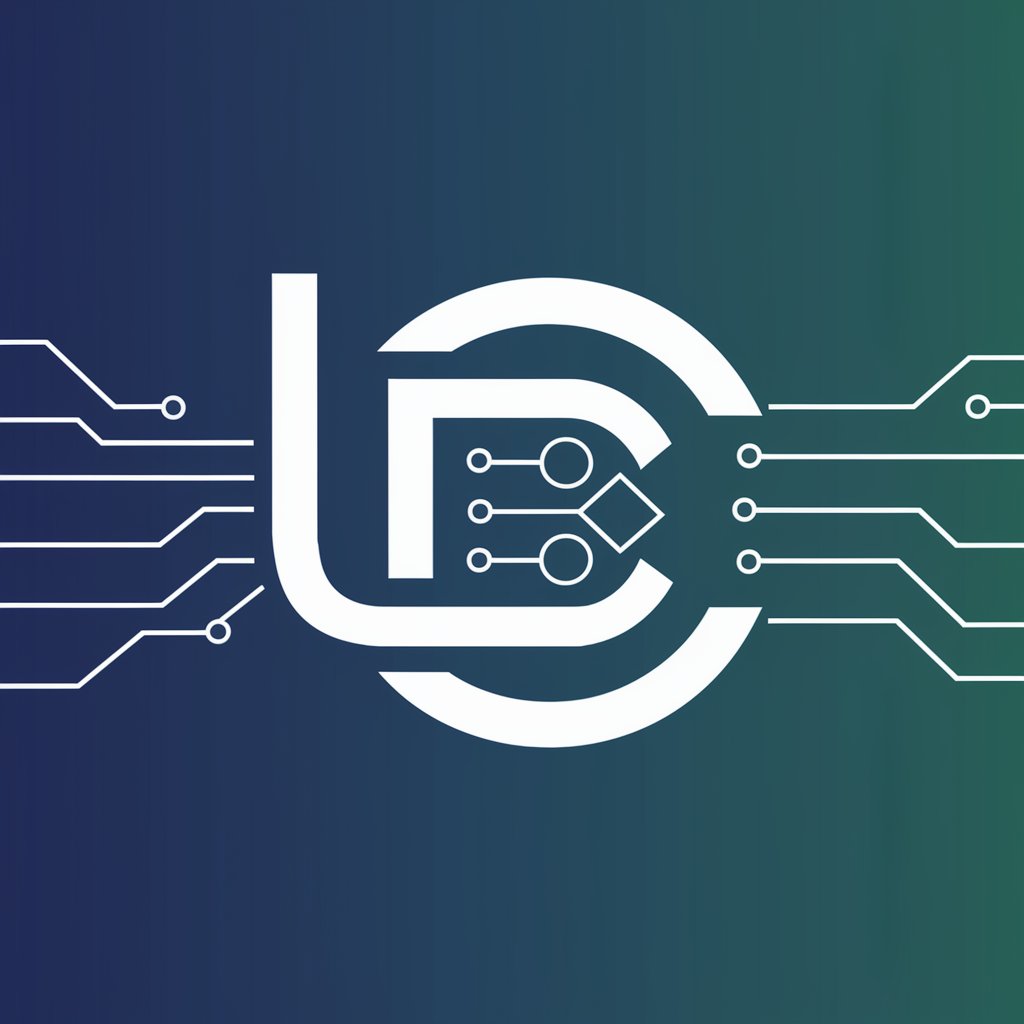Lua-C Bridge: Seamless Integration Made Easy - Lua-C Integration Tool

Welcome! Let's make Lua and C integration seamless and efficient.
Seamlessly merge Lua with C's power
Explain how to manage memory effectively when binding Lua to a C library...
Provide an example of error handling in Lua-C bindings...
Discuss strategies for optimizing performance in Lua-C integrations...
Outline the steps to convert data types between Lua and C efficiently...
Get Embed Code
Introduction to Lua-C Bridge: Seamless Integration Made Easy
Lua-C Bridge serves as a robust interface designed to facilitate seamless integration between Lua, a lightweight scripting language, and C, a powerful system programming language. This integration aims to combine Lua's simplicity and ease of embedding with C's performance and system-level access, allowing developers to extend Lua scripts with C functions and vice versa. This bridge enables the execution of high-performance tasks within Lua scripts, making it ideal for applications requiring efficient computational tasks, real-time processing, or direct interaction with system-level APIs. A common scenario illustrating its use is in game development, where Lua is used for scripting game logic for its simplicity, while performance-critical parts, like graphics rendering and physics calculations, are implemented in C and exposed to Lua through the bridge. Powered by ChatGPT-4o。

Core Functions of Lua-C Bridge
Function Registration
Example
Registering a C function `int add(int a, int b)` to be callable from Lua, enabling Lua scripts to perform efficient addition operations directly.
Scenario
In a high-performance math library where certain operations are optimized in C for speed but need to be accessible from Lua scripts.
Data Conversion
Example
Automatically converting Lua types to C types and vice versa, e.g., converting a Lua table to a C struct or an array, facilitating complex data manipulation.
Scenario
When handling graphical data structures in a game engine, where Lua scripts define the game objects and C routines process them for rendering.
Error Handling
Example
Propagating errors from C functions back to Lua, allowing Lua scripts to gracefully handle errors occurring in C code.
Scenario
In embedded systems programming, where Lua scripts manage device configurations, and errors from C-level operations need to be reported and managed.
Memory Management
Example
Automatic memory management for objects created in C and exposed to Lua, ensuring no memory leaks occur when Lua garbage collects these objects.
Scenario
Developing a plugin system for an application where plugins can be written in Lua, but need to allocate and free resources in C libraries efficiently.
Ideal Users of Lua-C Bridge Services
Game Developers
Game developers can leverage Lua-C Bridge to script game logic in Lua for ease of use and rapid development, while still achieving high performance for critical components like rendering and physics by implementing them in C.
Embedded System Developers
Embedded developers benefit from using Lua for high-level device management and scripting, with C handling performance-critical tasks. Lua-C Bridge simplifies interfacing between these two layers, making development more efficient.
Software Engineers in High-Performance Computing
Engineers working on computationally intensive applications can use Lua for scripting user-defined operations or configurations, while the heavy lifting is done by optimized C code, facilitated by the Lua-C Bridge.

Guidelines for Using Lua-C Bridge
Start Free Trial
Access the tool without any login or subscription requirements by visiting yeschat.ai for a hassle-free trial.
Install Dependencies
Ensure Lua and C development environments are set up on your machine, including necessary compilers and Lua libraries.
Learn the Basics
Familiarize yourself with Lua and C syntax, focusing on the areas that will be bridged; review provided documentation and examples.
Integration Process
Follow the provided tutorials to create your first Lua-C binding. Use the tool to generate bindings, and manually adjust for performance and functionality.
Testing and Optimization
Test the integrated code thoroughly for any errors and optimize performance using the profiling tools provided.
Try other advanced and practical GPTs
Personal Branding Writing Coach
Elevate Your Brand with AI-Powered Storytelling

City Ranker
Empower Your City Choices with AI

JavaScript Evolution: Refactor with ES6 Mastery
Transform your JavaScript with AI-powered ES6 Mastery

🚀 Mastering Flutter's Hot Reload
Instantly update Flutter apps with AI.

Rust: Mastering Concurrency with Async/Await
Unlocking Concurrency with AI-Powered Rust

Life Guidance Online
Empowering Conscious Creation for Wellness

Lua Power-Up: Enhancing Nginx with Lua Expertise
Elevate Nginx with AI-driven Lua scripting

Resale Value Finder
Unlocking your item's true value with AI

Conversations with Jesus
Empathetic AI for Spiritual and Moral Guidance

Jukebot
Discover, Connect, and Evolve with Music

MenuSavvy
Smart, AI-powered dining decisions.

LingoVise - Spoken English Assessment by ESLfun!
Elevate Your English with AI

Frequently Asked Questions about Lua-C Bridge
What is Lua-C Bridge?
Lua-C Bridge is a tool designed to create seamless integrations between Lua and C, enhancing Lua's capabilities with C's performance.
How does Lua-C Bridge ensure performance optimization?
It provides profiling tools and guidelines to optimize the bridge code, ensuring minimal overhead and efficient data handling.
Can I integrate complex C libraries with Lua using Lua-C Bridge?
Yes, Lua-C Bridge is capable of handling complex C libraries, offering detailed documentation and support for intricate integrations.
Is Lua-C Bridge suitable for beginners?
While it requires basic knowledge of Lua and C, it offers extensive documentation and examples making it accessible for beginners.
How does Lua-C Bridge handle memory management?
It provides clear guidelines and tools for managing memory effectively, preventing leaks and ensuring efficient use of resources.
